The Silk Road FAQ will be utterly important for your China Trip. Silk Road, an ancient trade route that once connected the East and West, is now a mesmerizing journey through China's rich history and diverse landscapes. Before you embark on this unforgettable adventure, it's essential to grasp the things to know about Silk Road and what to expect along the way.
Five must-visit destinations along the Silk Road include:
Xi'an: Explore the awe-inspiring Terracotta Warriors and indulge in the local flavors of the Muslim Quarter.
Zhangye: Famous for its colorful Danxia landforms and the impressive Giant Buddha Temple, Zhangye showcases the artistic heritage influenced by centuries of trade.
Dunhuang: Home to the magnificent Mogao Caves, Dunhuang is a treasure trove of Buddhist art that tells the story of cultural exchange along the Silk Road.
Qinghai: Known for its stunning Qinghai Lake and rich Tibetan culture, this region offers breathtaking natural beauty and unique cultural experiences.
Kashgar: Immerse yourself in Kashgar's vibrant culture by visiting the bustling Sunday Bazaar, and the historic Kashgar Old City.
To make the most of your Silk Road experience, it's important to familiarize yourself with transportation options, local customs, and the unique cuisine of each region. Prepare for varying climates and landscapes, packing tips to know from the deserts of Gansu to the lush grasslands of Xinjiang, ensuring you have the right gear for each destination. Check the frequently asked FAQ for Silk Road.

"Excellent Tour, best experience"
"A unique experience despite a difficult context thanks
to an experience team of organisers"
1. Which destinations are best for Silk Road travel?+
Key destinations include Xian (starting point of the ancient route), Dunhuang for its Mogao Caves, Turpan’s ancient city of Jiaohe, and Kashgar’s vibrant markets. The route spans Gansu and Xinjiang in China, extending westward into Central Asia’s Five Stans (Kazakhstan, Uzbekistan, Kyrgyzstan, Tajikistan, and Turkmenistan).
2. What is the best time to visit the Silk Road?+
The best months for a Silk Road tour are April–June and September–October, when temperatures are mild, skies are clear, and sites are less crowded. Summer can be very hot, especially in the desert areas, while winter can bring cold and challenging travel conditions.
3. What unique features do Gansu and Xinjiang offer along the Silk Road?+
Gansu offers incredible Buddhist sites like the Mogao Caves and the scenic Zhangye Danxia landform. Xinjiang highlights include diverse ethnic cultures, the Heavenly Lake of Tianchi, and the ancient city of Kashgar, set against breathtaking landscapes of deserts and mountains.
4. What’s unique about a Xinjiang Silk Road tour?+
Xinjiang’s culture is unique with its blend of Uighur, Kazakh, and Tajik influences. It’s home to diverse scenery like the Heavenly Lake of Tianchi, Kanas Lake, and Kashgar’s Old City, offering a truly multicultural experience.
5. How should I start planning my Silk Road tour?+
Decide on your main interests, such as history, culture, or scenery, then choose an entry city like Xi’an, Dunhuang, or Urumqi. Planning your tour length is important, as the Silk Road can range from a week to several weeks. Choose between joining a group tour or arranging a private tour for a more flexible experience.
6. Which gateway city is best to start a China Silk Road tour?+
Xi’an is a popular starting point as it was historically the Silk Road's beginning. Other good entry points include Dunhuang for central access or Urumqi for western Xinjiang and Central Asia links. Choose a city based on the main sites you want to explore.
7. If entering from the Five Stans, which is the best point to enter China for a Silk Road tour?+
From Central Asia, Kashgar in Xinjiang is ideal. Located near Kyrgyzstan and Tajikistan, Kashgar offers a seamless entry with its vibrant culture and connection to the western Silk Road.
8. What’s the difference between the Ancient Silk Road and the Maritime Silk Road?+
The Ancient Silk Road was a land route through Central Asia, whereas the Maritime Silk Road connected China to Southeast Asia, South Asia, and beyond via sea. Some Silk Road tours offer an extension to Quanzhou, a key port for maritime trade.
9. What is the food like along the Silk Road?+
The Silk Road’s cuisine reflects its diverse cultures. Enjoy noodles and lamb skewers in Gansu, Uighur kebabs and naan in Xinjiang, and Central Asian influences with dishes like pilaf and samsa in Kashgar.
10. How should I dress for a Silk Road tour?+
Dress comfortably and in layers. Summers can be hot, while evenings may be cooler, especially in desert areas. If visiting religious sites, modest attire is recommended, particularly in Xinjiang.
11. Can I visit other countries on a Silk Road tour?+
Yes, many tours extend to Central Asia’s Five Stans, adding historical and cultural depth to the experience. You can choose itineraries that start in China and continue westward into countries like Uzbekistan or Kyrgyzstan.
12. What’s the transportation like along the Silk Road?+
Travel is primarily by high-speed train and private vehicle. Some remote parts may require longer drives. Group tours often use big van for comfort and convenience.
1. What is a Silk Road group tour like?+
Group tours are well-organized and offer a cost-effective way to explore the Silk Road, including entry fees, guides, and transportation. They are typically smaller in size, providing a personalized experience with expert local guides.
2. How many people are in one group for Silk Road tour?+
Silk Road group tours are small and intimate, generally with 1-25 travelers, allowing for a personalized experience with expert guides. These tours cover major Silk Road highlights in China, such as Dunhuang, Kashgar, and Turpan, offering a mix of cultural immersion and scenic exploration.
3. What does the Silk Road group tour package include?+
Group packages typically cover accommodations, guided tours, entry fees to major attractions, transportation (including high-speed trains or flights), and most meals. You'll also benefit from the expertise of local guides who provide in-depth knowledge and insights about each site.
4. Are Silk Road group tours suitable for solo travelers?+
Yes! Solo travelers are welcome and often join group tours to share the experience with others while traveling affordably. It's a great way to meet like-minded adventurers and enjoy the Silk Road journey without the logistical planning.
5. What is the daily itinerary like on a Silk Road group tour?+
Each day is designed to balance sightseeing, cultural experiences, and free time. You’ll visit iconic sites like the Mogao Caves and the Old City of Kashgar, with guided tours and some downtime for personal exploration or relaxation.
6. How long should I plan for a Silk Road group tour?+
7. What are some top experiences on the Silk Road for group tour?+
Highlights include visiting the Mogao Caves, riding camels in the Dunhuang desert, exploring Kashgar’s Sunday Market, and hiking around the rainbow mountains in Zhangye Danxia. Unique cultural experiences include Uighur, Kazakh, and Tajik cultural exchanges in Xinjiang.
8. Is the Silk Road safe for travel?+
The Silk Road is generally safe. Xinjiang has heightened security, and travelers are advised to follow local regulations and stay informed. Group tours and local guides add to the sense of safety and convenience.
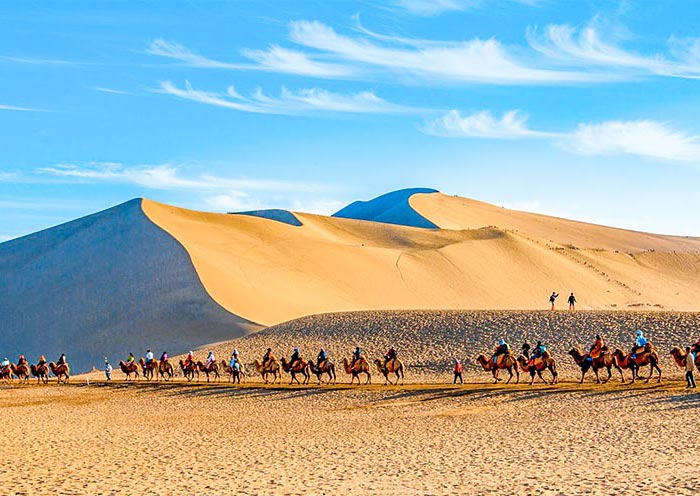


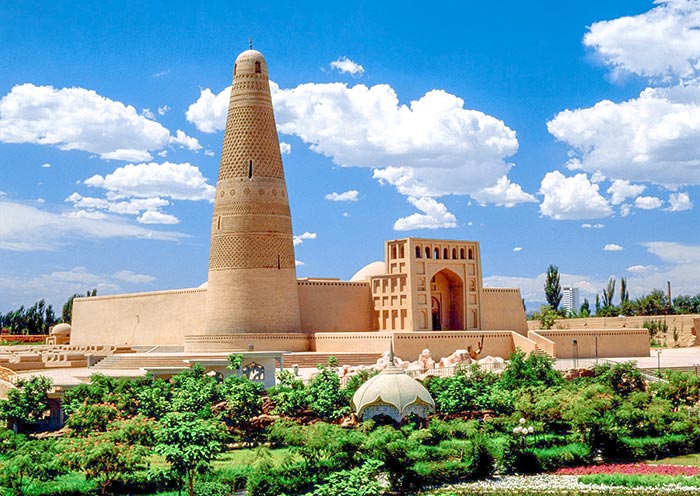
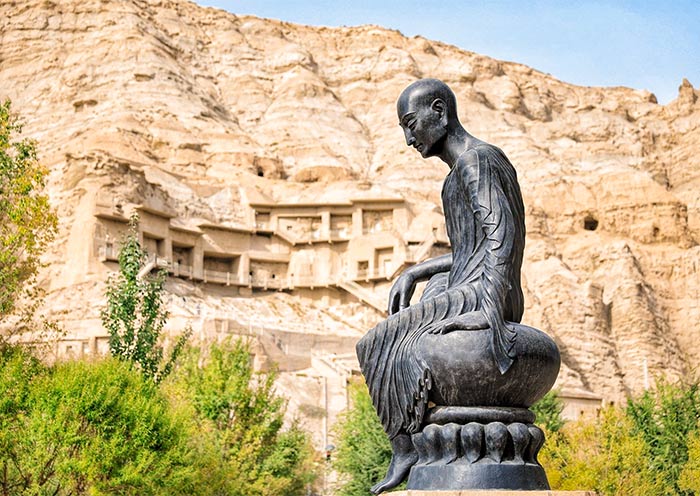
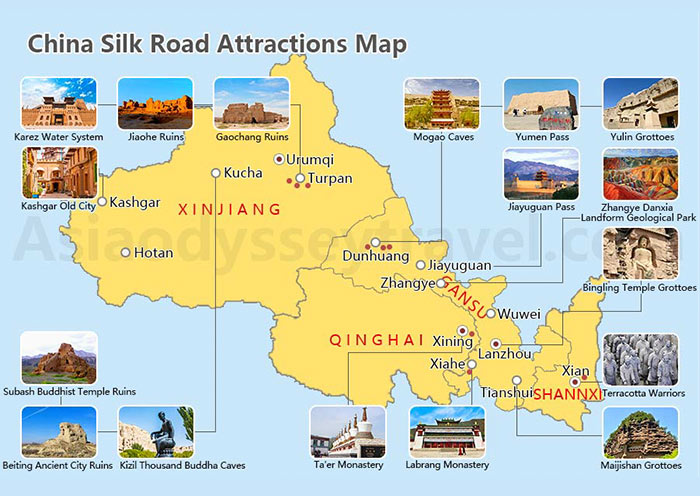
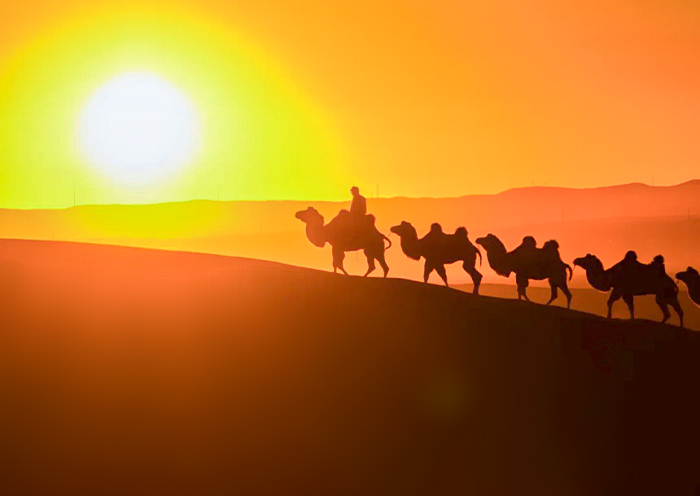

Create a tour based truly on your preferences, including all aspects of your travel in the destination